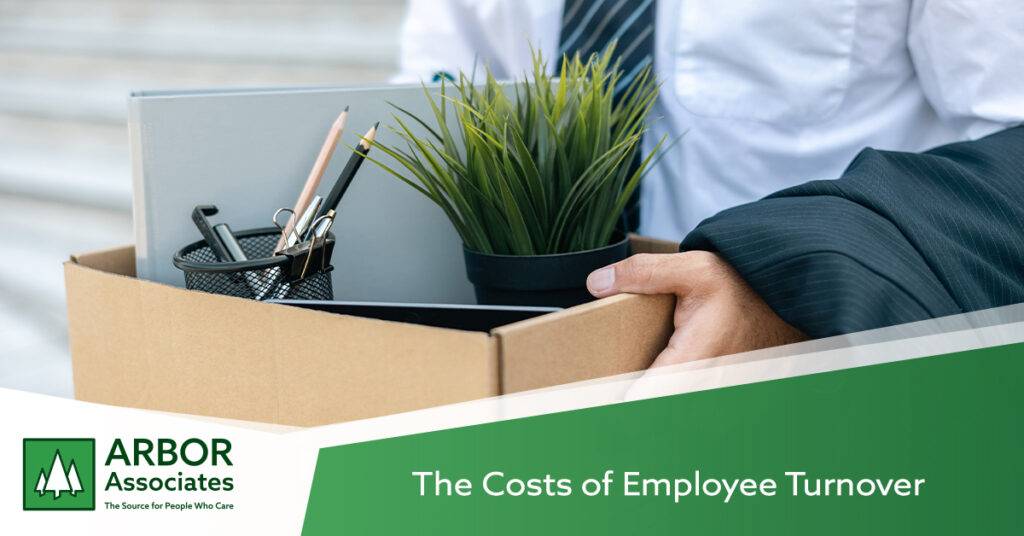Employee turnover can be a costly challenge for organizations of all sizes and industries. It refers to the rate at which employees leave a company and must be replaced by new hires. While some level of turnover is inevitable, excessive or frequent turnover is not, and it can cause a lot of problems for a company. Here are some of the costs associated with employee turnover:
Recruitment and Hiring Costs
The most significant cost of employee turnover is the expense incurred in recruiting and hiring new employees. This includes job advertising, recruitment agency fees, background checks, and the time spent by HR personnel and hiring managers reviewing resumes, conducting interviews, and onboarding new hires.
Training and Onboarding Costs
New employees require training and onboarding to become productive members of the team. Training costs include conducting training sessions, providing materials, and allocating resources for mentorship or coaching. It can require a good deal of time and effort to bring new hires up to speed.
Reduced Productivity
When an employee leaves, there is often a temporary decrease in overall productivity. Remaining employees may need to take on extra responsibilities or tasks, leading to potential burnout and decreased efficiency until a replacement is found and fully trained.
Knowledge and Skills Loss
Experienced employees have valuable institutional knowledge and skills that are accumulated over time. When they leave, their knowledge and expertise leave with them, potentially leading to gaps in process efficiency and effectiveness.
Impact on Company Culture
High turnover rates can negatively affect company culture and team morale. Frequent exits can create a sense of instability and uncertainty among the remaining employees, leading to decreased job satisfaction and increased turnover risk among the remaining workforce.
Exit Costs
When employees leave, there are exit costs involved, such as paying out accrued vacation time, benefits, and sometimes severance packages. These costs can add up, especially for long-term employees or executives.
Recruitment and Reputation Difficulties
High turnover can tarnish a company’s reputation, making it challenging to attract and retain top talent. Potential candidates may be wary of joining an organization with a reputation for frequent turnover.
Client Relationships and Customer Satisfaction
Employee turnover can impact client relationships and customer satisfaction. New employees may take time to build rapport with clients, potentially affecting customer loyalty and retention.
Training and Development Lost
Organizations often invest in the professional development of their employees. When those employees leave, the company may not fully benefit from the return on investment made in their training and development.
When you look at these costs from an overhead perspective you can see how it quickly snowballs, especially if multiple turnovers occur in the same department, or around the same timeframe. Ideally you’re hiring people who are an excellent fit and dedicated to the role, but if you’re experiencing high turnover it may be time to get some help with parts of the process.
That’s where a staffing agency comes in – agencies can help with recruiting, onboarding, management, and sometimes even payroll and benefits too. It all depends on what your organization needs and what the staffing agency is capable of.
If your organization is looking for caring professionals from nurses to educators and administration, Arbor Associatesis here to help. Give us a call today to learn more about how we can help you!


